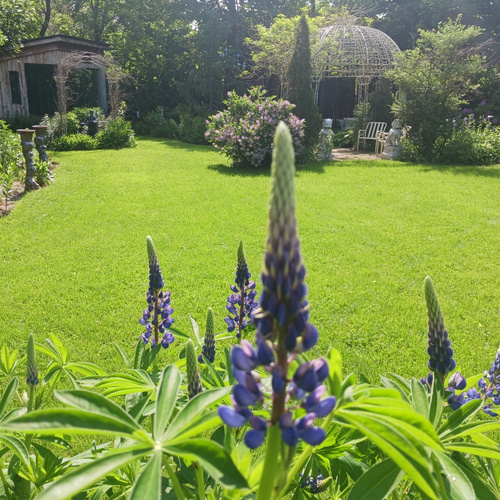Native plant populations can be threatened in several different ways. Habitat loss—due to urban development, logging, farming, and other human activities—can quickly wipe out entire plant colonies. Vigorous non-native grasses, annuals, or perennials can invade hospitable environments and beat less robust native plants when competing for water, light, and nutrients. Climate change can affect air quality, water levels, and soil temperatures, and native plant populations may not be able to adapt quickly enough to survive such changes. Air and water pollution impacts the quality of crucial resources, thus disrupting the ecosystem’s ability to support its inhabitants. Fire (or suppression of natural fire), pesticide use, and overgrazing by livestock and wildlife all cause their own slew of problems. The list of challenges that might endanger a native plant species is longer than some might think.
In California alone, there are 286 plant species listed as endangered or threatened. In Oregon, that number stands at 76, while the Evergreen State is doing better with a list of 12. While researching, I became smitten with many of the endangered plant species in the Pacific Northwest I read about but was particularly enamored with the following four. I am already trying to figure out how I can visit them in their natural habitat!
Related Article: Summer Native Plants for the Pacific Northwest
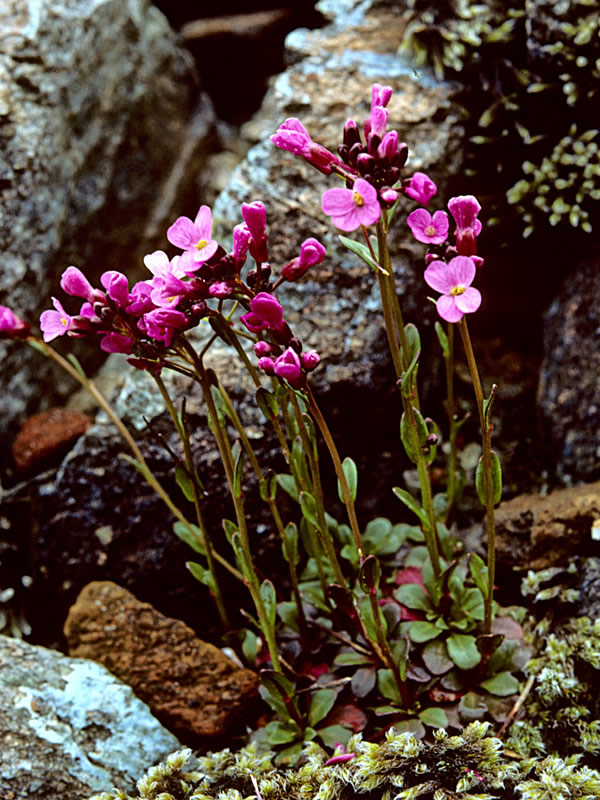
McDonald’s rockcress
Arabis macdonaldiana
Zones: 7–9
Size: Up to 16 inches tall and 12 to 18 inches wide
Conditions: Full sun; serpentine soil in rock crevices and steep, bare slopes
This mat-forming perennial has small, fragrant, deep pink flowers held on 12-inch stems above the basal rosette of almost shiny, apple green foliage. It is endemic to Red Mountain in Mendocino County but has also been found throughout Northern California and Southern Oregon. With incredibly specific growing requirements and surviving in a niche that would cause most other plants to perish (serpentine soil rich in iron, magnesium, silica, and traces of nickel), McDonald’s rockcress thrives in rock crevices, and on steep slopes and recently disturbed soil. This native’s location and specific growing requirements are also part of the reason for its endangered-plant status in the Pacific Northwest, as metal mining in the area has destroyed their natural habitat.
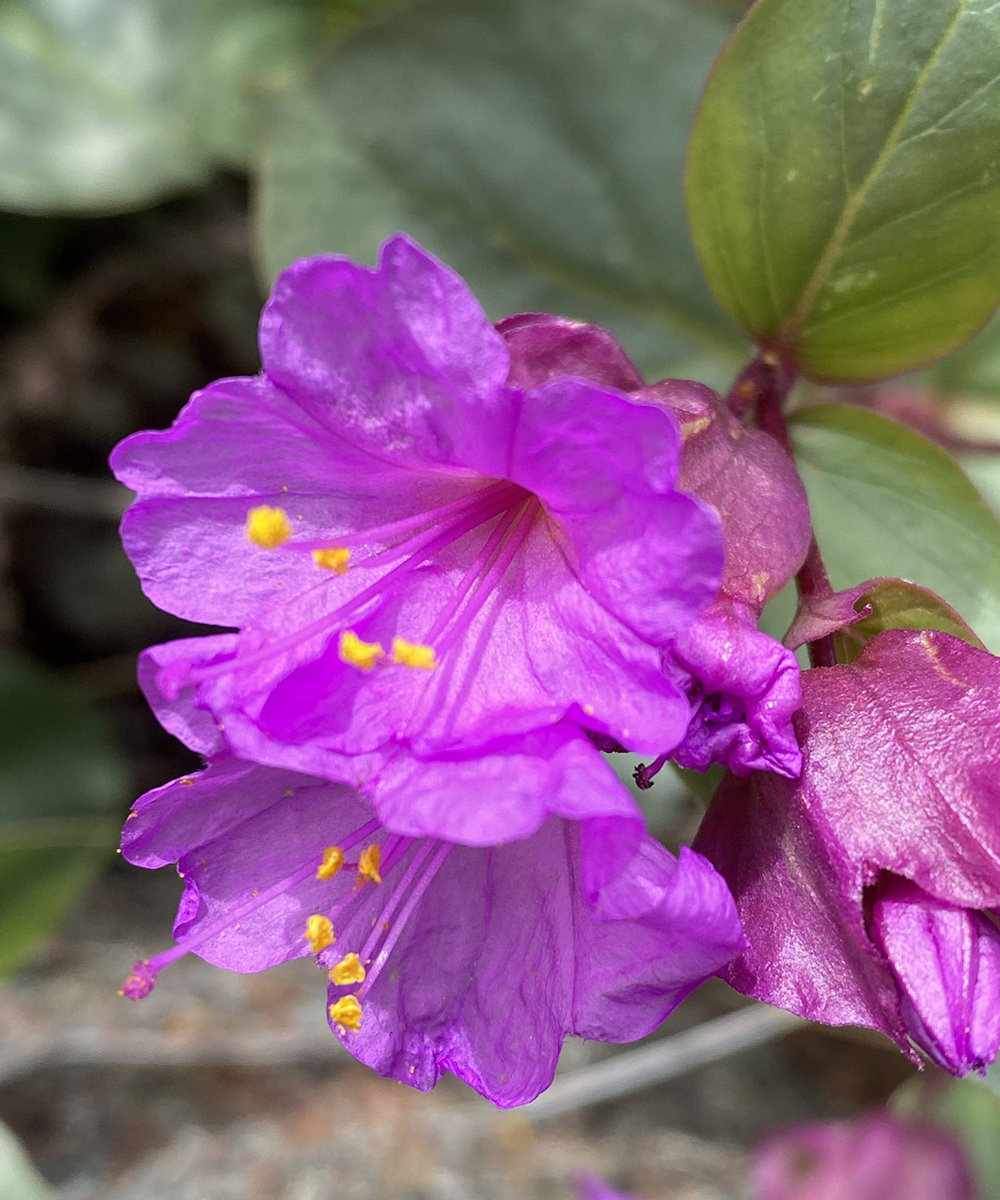
Macfarlane’s four-o’clock
Mirabilis macfarlanei
Zones: 4–8
Size: 24 to 36 inches tall and 24 to 32 inches wide
Conditions: Full sun; dry and sandy soil in steep river canyon grassland habitats
Found in northeast Oregon and Eastern Idaho, Macfarlane’s four o’clock is a long-lived, clump-forming perennial growing 2 to 3 feet tall and almost as wide. Clusters of 5 to 7 big, bright magenta blooms appear from May to mid-June on top of the well-branched stems and almost succulent-like green foliage. Thirteen populations of Macfarlane’s four-o’clock are currently known, each of them found in dry, steep river canyons; sandy, gravelly slopes; or on old rockslides, in regions receiving less than 12 inches of rain per year. This plant is threatened by several environmental factors, but its bright blooms also make it a target for plant poachers.

Wenatchee Mountains checker-mallow
Sidalcea oregana var. calva
Zone: 6–7
Size: Up to 5 feet tall
Conditions: Full sun; moist meadows and wetlands
Clinging to life only in the wetlands and moist meadows on the slopes of the Wenatchee Mountains in eastern Washington, this charming perennial wildflower is down to only five populations ranging from 8 individual plants to roughly 11,000 plants. Each strong taproot supports several tall stems clothed in lobed or finely dissected leaves. The stems can reach up to 5 feet high and carry clusters of pale to bright pink hollyhock-like blooms which will adorn the showy plant from late spring through summertime. These beautiful blooms are vulnerable to high-intensity wildfires, but the biggest threats to their habitats are residential development, logging, and agriculture.
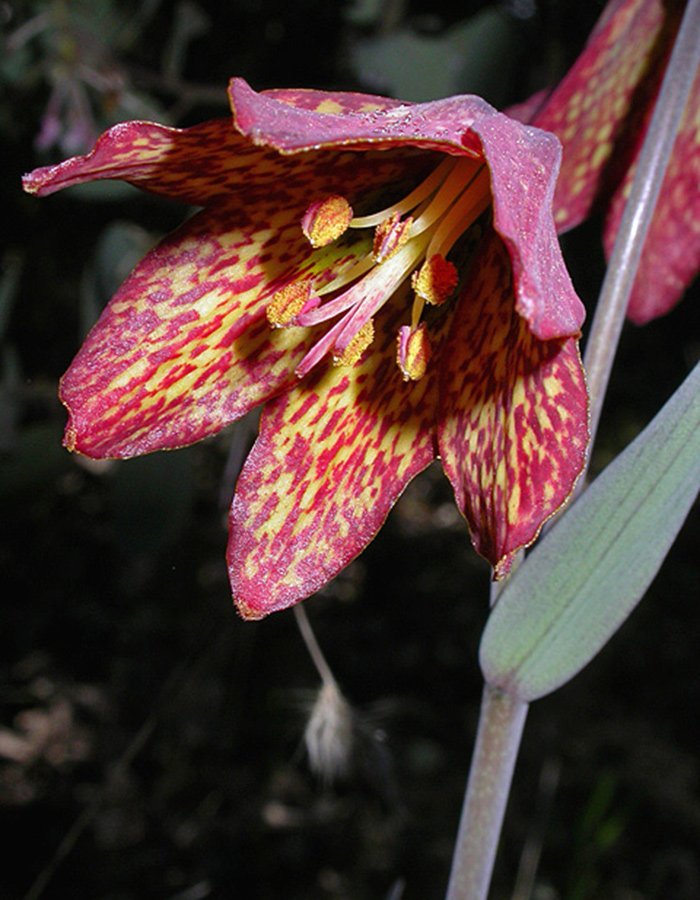
Gentner’s fritillary
Fritillaria gentneri
Zones: 6–7
Size: 15 to 28 inches tall and wide
Conditions: Full sun to partial shade; variety of soils in dry hillsides, grasslands, and forests
This rare member of the lily family is endemic to southwestern Oregon and Siskiyou County, California, with only 30 known populations of the plant and no more than 1,200 plants total. Discovered in 1942 and found only in dry open woodlands and scrublands at elevations ranging from 1,000 to 5,000 feet, Gentner’s fritillary is an upright grower, with 28-inch-tall blue-green stems carrying whorls of deep green leaves. The nodding, gold-splashed, mahogany-red flowers appear from March through June, with plant populations in lower elevations blooming first. The main threat to Gentner’s fritillary is habitat loss, but these beautiful blooms mean hikers, bikers, and horseback riders are easily tempted to pick flowers growing along trails. To combat this destruction, the city of Jacksonville, Oregon, has dedicated over 300 acres of habitat for Gentner’s fritillary and hosts a festival every April in its honor. I’ve already marked my calendar!
How you can help preserve endangered plants
While many plant species are facing challenges, there are numerous conservation efforts and dedicated organizations working to preserve natural habitats and protect these threatened plants. There are also many ways an individual can support threatened or endangered plant species, starting with awareness of and respect for the natural environment. Pay attention to the details, educate yourself, and share what you’ve learned. Volunteer for restoration or conservation projects (bring your friends and family), plant native plants (native to your own local region), and avoid planting any plants known to be invasive. It is also important to avoid pesticides and herbicides, as the sprayed particles can drift or accidentally end up in the local watershed. Together, we can make a difference.
More helpful resources on endangered plants:
Discuss this article or ask gardening questions with a regional gardening expert on the Gardening Answers forum.
And for more Pacific Northwest regional reports, click here.
Fionuala Campion is the owner and manager of Cottage Gardens of Petaluma, in Petaluma, California.
Fine Gardening Recommended Products
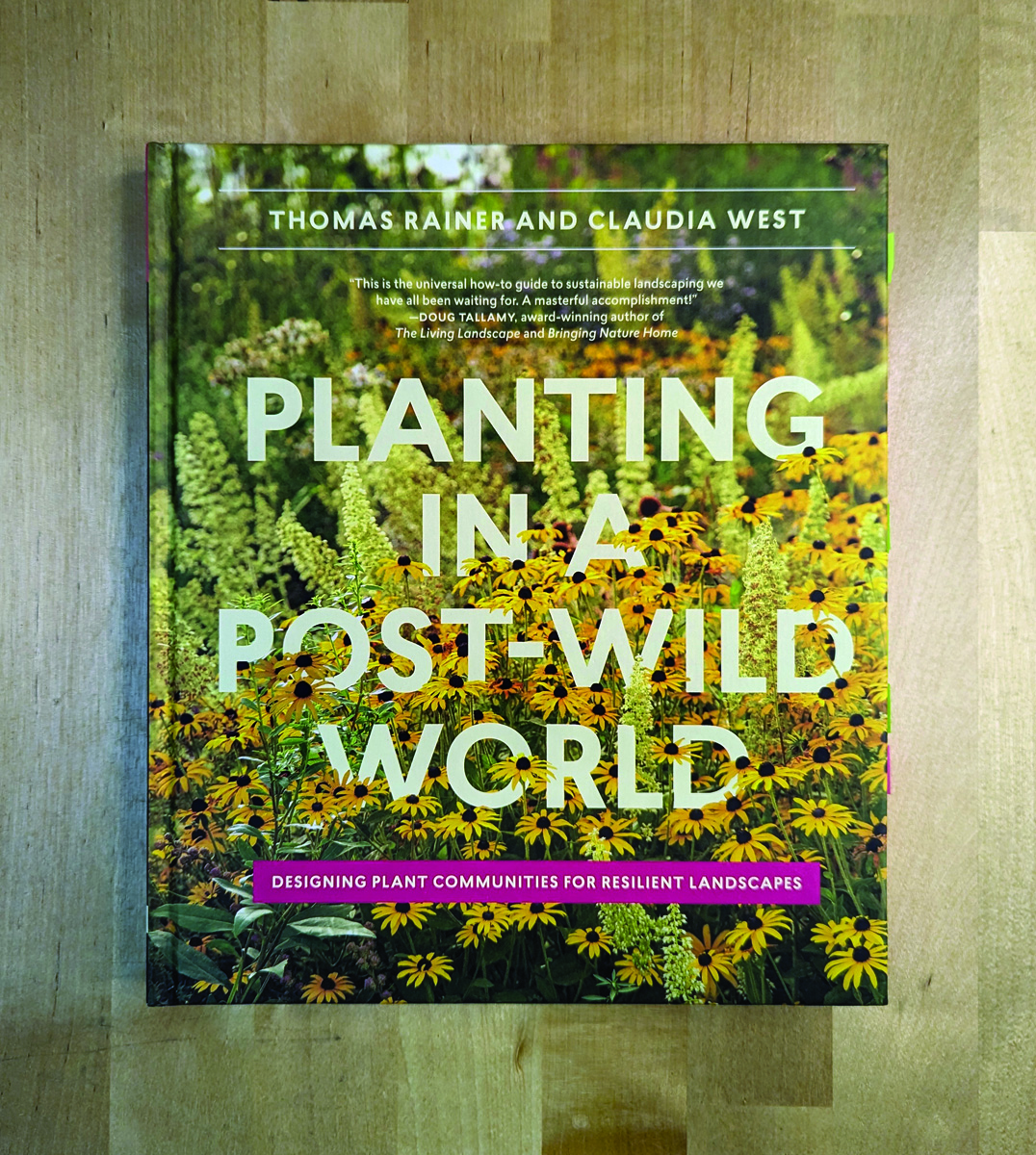
Planting in a Post-Wild World: Designing Plant Communities for Resilient Landscapes
Fine Gardening receives a commission for items purchased through links on this site, including Amazon Associates and other affiliate advertising programs.
Featuring gorgeous photography and advice for landscapers, Planting in a Post-Wild World by Thomas Rainer and Claudia West is dedicated to the idea of a new nature—a hybrid of both the wild and the cultivated—that can nourish in our cities and suburbs.
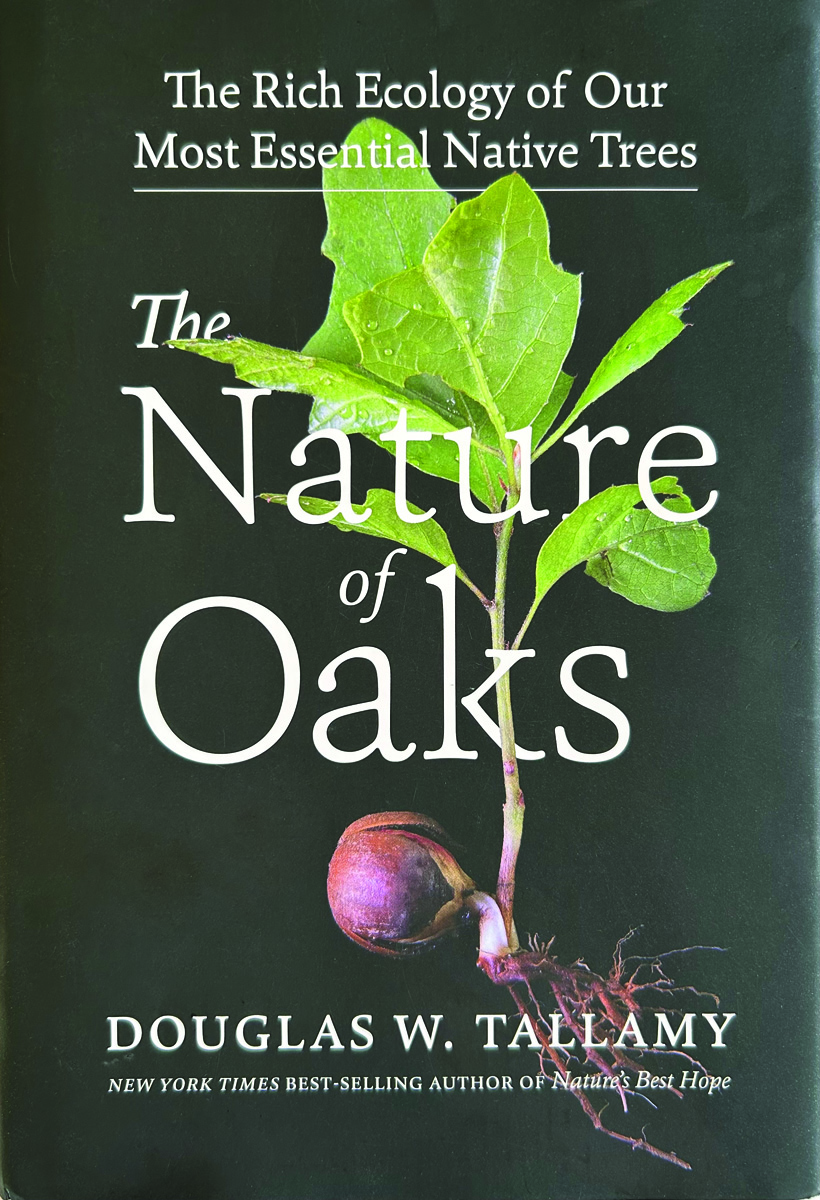
The Nature of Oaks: The Rich Ecology of Our Most Essential Native Trees
Fine Gardening receives a commission for items purchased through links on this site, including Amazon Associates and other affiliate advertising programs.
The Nature of Oaks reveals what is going on in oak trees month by month, highlighting the seasonal cycles of life, death, and renewal. From woodpeckers who collect and store hundreds of acorns for sustenance to the beauty of jewel caterpillars, Doug Tallamy illuminates and celebrates the wonders that occur right in our own backyards. He also shares practical advice about how to plant and care for an oak, along with information about the best oak species for your area.
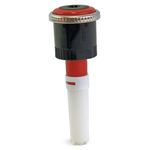
Hunter Industries MP-1000-90 Hunter Nozzle
Fine Gardening receives a commission for items purchased through links on this site, including Amazon Associates and other affiliate advertising programs.
– 8′ to 15′ radius with an adjustable arc of 90° to 210°, radius can be reduced by up to 25% to fit landscape needs
– Double-pop technology flushes the nozzle during start-up and shutdown to prevent clogging
– Wind-resistant, multi-directional streams provide even coverage








